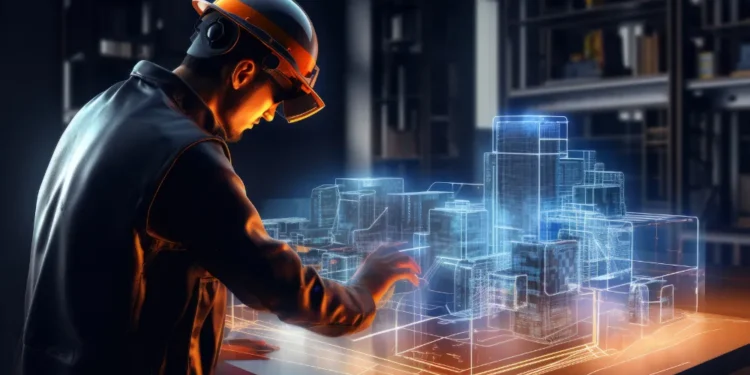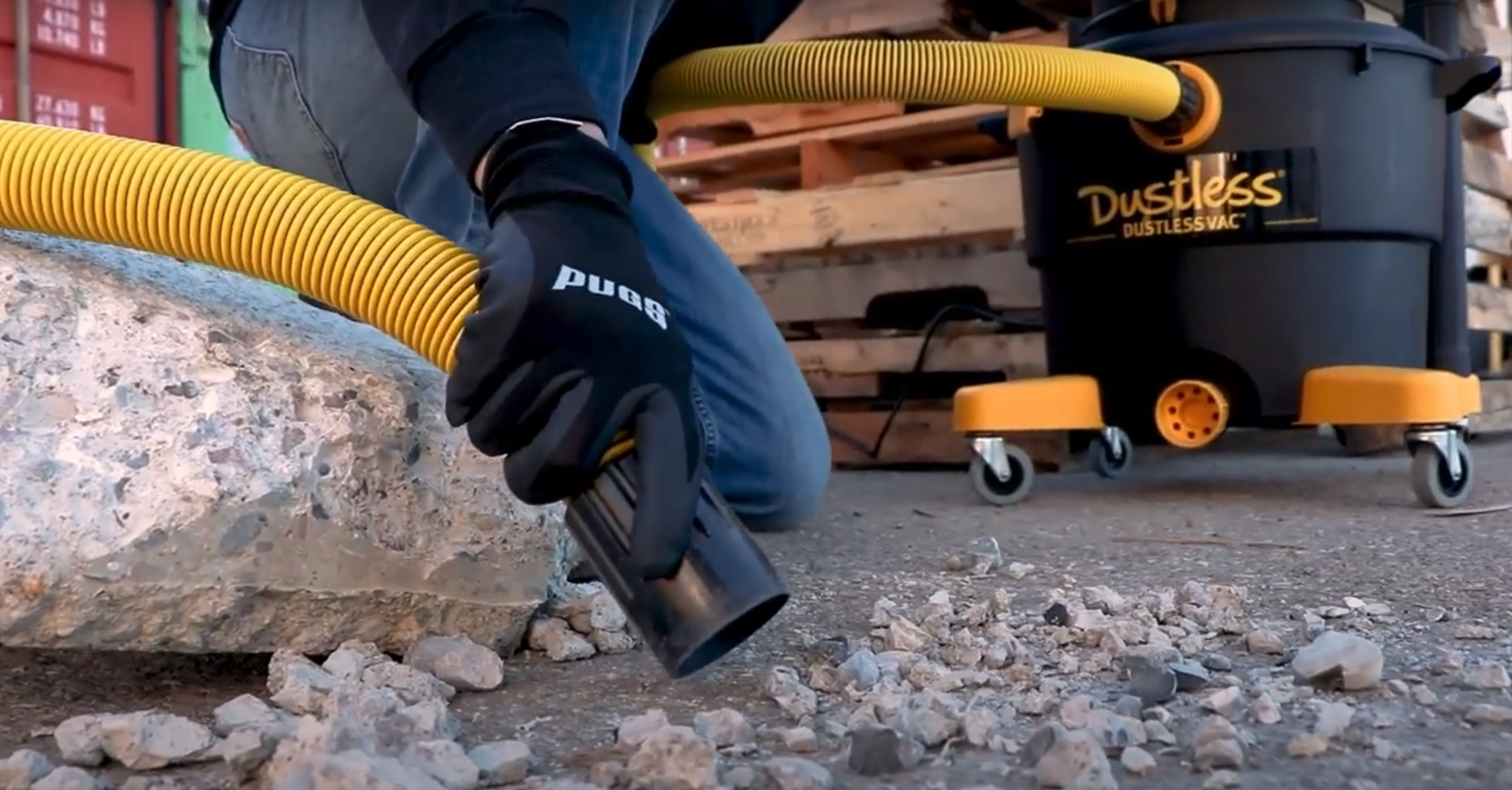Introduction
Nowadays, human work is replaced by technology to complete constructions. New inventions and innovations make every day more advanced and competitive. Because technology plays a significant role in the present day, with the help of technology, different things can be designed and constructed. Many People utilize technology to complete constructions and facilitate their daily lives. Artificial intelligence, drone technology, and much more technology to complete constructions play roles in the development of society.
This article discusses different types of technology and how technology is used to complete construction. So stay tuned to the end to know more about construction and technology to complete constructions and their impact on society.
Technology to complete constructions in a fast construction
Fast construction methods are transforming the building industry through innovative technologies that enhance speed without compromising quality. One of the leading advancements is the use of modular construction, where building components are pre-fabricated off-site in controlled environments and then assembled on-site, drastically reducing construction time.
Technology to complete constructions, 3D printing technology is also emerging as a game-changer, capable of printing entire structures from specialized concrete mixtures in a fraction of the time compared to traditional methods. Robotic automation plays a key role in completing repetitive tasks such as bricklaying or welding, which increases precision and efficiency. Moreover, drone technology is used for site surveys and monitoring, allowing real-time adjustments to project plans.
Another cutting-edge solution is self-healing concrete, embedded with bacteria that can automatically repair cracks, minimizing maintenance and speeding up the overall process. Finally, Building Information Modeling (BIM) enables enhanced project management through real-time data sharing and coordination among various stakeholders, reducing delays and optimizing resources. These technologies, collectively, are revolutionizing the pace and quality of construction projects worldwide.
Multiple technologies that help in complete construction are listed below.

1)Drone technology
Drones are the most desirable technology to complete constructions these days, and they help construct various buildings worldwide. As we know, drones fly at multiple heights and capture different pictures. By this, we detect construction errors in buildings like fractures, etc. So, by this, fractures should be recovered in less time, and the chance of any destruction decreases. In addition, there are various types of drone systems, such as wildlife drone systems.
2)Artificial intelligence AI
The AI is the powerhouse of technology to complete constructions of all types of technology. In another world, it is magic. Artist or inventors easily visualize their imagination through artificial intelligence. Through different AI tools, you mark the parameters, and then you can create images, videos, and other types of designs like buildings, road maps, etc. Although there are many advantages, remember the disadvantages as well.
Virtual reality (VR) technology has moved beyond entertainment, becoming a powerful tool across a variety of industries. One of its most unique applications is in immersive training environments, where industries like healthcare, aviation, and the military use VR to simulate real-world scenarios without risk, enabling trainees to practice complex tasks in safe, controlled settings.
The rise of haptic feedback systems in VR is also transforming the user experience by allowing people to not only see but also feel and interact with virtual objects, adding a tactile dimension to virtual environments. In architecture and real estate, VR is used for virtual walkthroughs, allowing clients to experience and customize spaces before they are built.
Additionally, technology to complete constructions, therapeutic VR applications are gaining traction, helping patients manage chronic pain, anxiety, and PTSD by immersing them in calming, interactive environments. The integration of social VR platforms is also revolutionizing online interaction, enabling users to engage with others in virtual worlds as avatars, making remote collaboration and virtual events more interactive and lifelike. These innovations are pushing VR from a niche entertainment technology to a versatile tool, reshaping how we train, heal, design, and communicate.
3)Mobile phone
Mobile phones are present in every home these days and are the most significant source of technology to complete constructions. Improve your construction. Using mobile technology on the job site has several advantages for employees, from improved productivity and mobility to improved teamwork and reduced mistakes. Employees can use cloud-based applications on their devices.
Mobile phone technology to complete constructions has rapidly evolved, reshaping how we communicate, work, and interact with the world. One of the most transformative innovations is the advent of 5G networks, offering ultra-fast internet speeds, low latency, and enhanced connectivity for billions of devices, enabling real-time applications like autonomous vehicles, smart cities, and augmented reality.
Foldable smartphones represent another unique advancement, merging the compact convenience of a phone with the functionality of a tablet, creating new possibilities for multitasking and media consumption. The integration of AI-powered processors is also significant, as it enables features like advanced photo processing, voice recognition, and personalized user experiences based on behavioural patterns. E-SIM technology has streamlined mobile connectivity by eliminating physical SIM cards, allowing for more flexible carrier switching and global usage.
For instance, to submit digital reports, attach images or videos, connect with team members instantaneously, and access project plans and documents in real-time. They may also use the equipment’s information page to obtain instruction manuals, report equipment problems, and locate specific pieces of equipment, enabling them to solve problems on the spot.

4)Virtual reality
Virtual reality is another advanced technological gadget that gives you a real-life experience with virtual glasses and is considered as a technology to complete constructions. Through this, your animations look or give you a real-world experience with cameras, which creates different ideas like the construction of an office or any build, or any new technology, and experience it. How can technology be used to complete construction?
Virtual reality (VR) technology has moved beyond entertainment, becoming a powerful tool across a variety of industries. One of its most unique applications is in immersive training environments, where industries like healthcare, aviation, and the military use VR to simulate real-world scenarios without risk, enabling trainees to practice complex tasks in safe, controlled settings.
The rise of haptic feedback systems in VR is also transforming the user experience by allowing people to not only see but also feel and interact with virtual objects, adding a tactile dimension to virtual environments. In architecture and real estate, VR is used for virtual walkthroughs, allowing clients to experience and customize spaces before they are built.
Additionally, technology to complete constructions, therapeutic VR applications are gaining traction, helping patients manage chronic pain, anxiety, and PTSD by immersing them in calming, interactive environments. The integration of social VR platforms is also revolutionizing online interaction, enabling users to engage with others in virtual worlds as avatars, making remote collaboration and virtual events more interactive and lifelike. These innovations are pushing VR from a niche entertainment technology to a versatile tool, reshaping how we train, heal, design, and communicate.
5)3D Printing
3D printing is another type of printing by which 3D images are printed in 3D form. Through this action, we can take different kinds of prints of road maps or anything that makes construction easy and reliable for the user.
3D printing technology, also known as additive manufacturing, has revolutionized industries by enabling the creation of complex structures layer by layer from digital models. One of the most unique aspects of modern 3D printing is its ability to produce customized products on demand, reducing waste and eliminating the need for mass production molds.
This technology is transforming sectors like healthcare, where bioprinting is being used to create organ scaffolds and even functional tissues, offering groundbreaking potential for personalized medicine. In construction, large-scale 3D printers can fabricate entire buildings or components with specialized concrete, cutting down time and labor costs dramatically.
Additionally, technology to complete constructions, 3D printing has allowed for the development of advanced materials, such as metal alloys, ceramics, and composite materials, which were previously difficult or impossible to work with using traditional methods. In aerospace, lightweight yet durable parts can be created, improving fuel efficiency and design possibilities. The ability to print multi-material objects in a single process is also emerging, which will enable more complex products like fully functional electronics to be manufactured seamlessly. These innovations are pushing 3D printing beyond rapid prototyping into a versatile, mainstream production tool across numerous industries.
6)Constructing Knowledge Models
The fifth technology to complete constructions we’ll discuss is quick response (QR) codes, the most straightforward and reasonably priced solution for streamlining construction procedures.
Since their invention over 30 years ago, these sophisticated barcodes have been used in various sectors, including the building industry. QR codes can be viewed as a doorway into the digital information space. Upon scanning a QR code, you are immediately directed to a specific web page, interactive map, or instructional video.
Furthermore, by scanning QR codes using a specialized software app, you may examine and update essential equipment information, such as the equipment’s purchase date, maintenance and usage history, and other pertinent data.
7)Data Collection App
As we know, data collection is essential. It is another technology to complete constructions. Without data collection, there is no worthwhile construction of anything, so data collection apps play a vital role. This app makes it more accessible for a person to collect data and gather it in one platform.
Creating a data collection app involves developing a platform that gathers, organizes, and manages data from various sources, ensuring accuracy and security. This type of app is essential for businesses, researchers, and individuals who need to systematically collect large volumes of information, whether it’s through surveys, sensors, or manual input. The app can support various data formats, such as text, images, or numerical data, and provide real-time analytics, making it a versatile tool for industries like healthcare, marketing, or environmental monitoring.
A unique feature of a well-designed data collection app could be the integration of machine learning algorithms that help identify patterns or anomalies in the data as it’s being collected, providing instant insights. Additionally, the app should prioritize data privacy and compliance with regulations like GDPR, ensuring that user data is handled ethically and securely. Finally, allowing for offline data collection ensures that users can gather information even without an internet connection, which can sync later when connectivity is restored, making it highly reliable in remote areas.
8)Digital Replica
The digital twin is the newest technology to complete constructions used in the AEC sector to address problems with operation management. Building prototypes are made using simulation. Digital twin trends and functionality encompass the application of intelligent multidimensional digital models.
Virtual twins’ capacity to model, forecast, and guide decisions based on actual conditions means that by 2023 and beyond, there will be fewer buildings experiencing operational problems. Digital twins perform performance analyses on occupant behaviour using patterns and spatial considerations.

Conclusion
At the last, take a recap. First of all, we started by highlighting the importance of technology. After that, we discussed different types of technology that can be used as the technology to complete constructions in various ways, like drones, artificial intelligence, etc. However, we ended up with digital replicas or twins. And now the ball is in your hands and how you use the things.
This is all about technology that can be used to complete construction. There are many methods and technology to complete constructions through which construction here should be conducted effectively with access to technology. So, use the technology for betterment and improvement. So, use it correctly and adequately and make things productive.




















